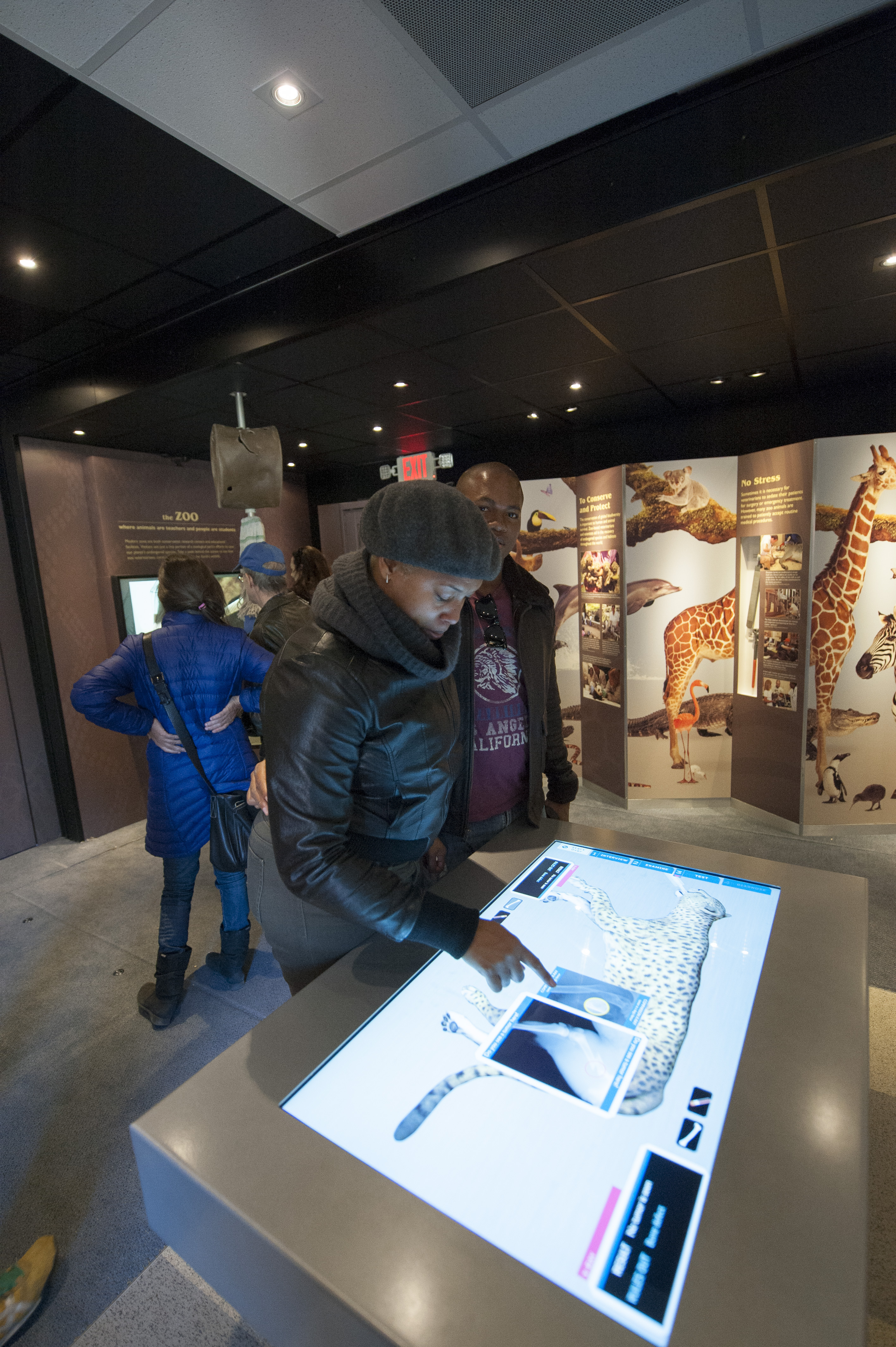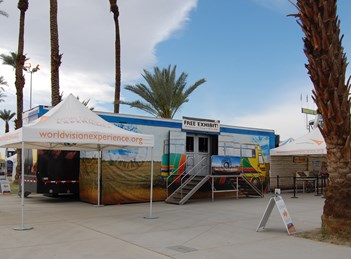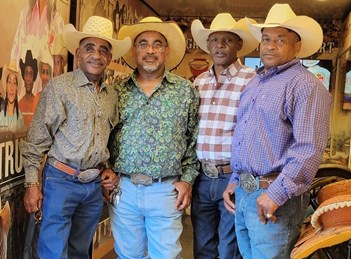
New Technology for Better Learning Experiences
No matter the cause, the goal of an educational roadshow is to provide unmatched experiences to every visitor. Incorporating different forms of technology within a mobile outreach tour can help enhance your visitor experience, better convey the message, and provide an added “wow” factor that helps reach visitors in a more interactive and immersive way. Here are some examples of how to incorporate technology into your experience to better engage your audience during their visit to your mobile exhibit:
Virtual Reality: Virtual reality (VR) refers to an artificial, computer-generated environment that combines immersive, high-end graphics and audio to make users feel as if they are interacting with what is around them. Giving visitors a way to immerse themselves in your messaging is one of the best ways to drive your cause home. VR allows them to interact with the experience first-hand and retain more information about your message as it leaves a more lasting impact. For example, if the purpose of your exhibit is to raise support for world hunger, your virtual reality component could take visitors through a day-in-the-life of someone experiencing hunger and illustrate how support would change that situation.
QR & NFC: Technology can make it simple and easy for visitors to be directed to online extensions of your experience. QR codes consist of a of a black and white square grid that can be scanned using a mobile device’s camera, taking the visitor to a website or application with more information on a topic. One step ahead of QR codes, NFC allows visitors to engage deeply in an exhibit or event, but without having to download anything!
Augmented Reality: Like VR, AR or augmented reality requires less equipment. Capable of being enjoyed over a phone via a QR code or NFC, Augmented reality fuses animations, audio, or storytelling with reality through the lens of your phone’s camera. Just scan the code and view the exhibit through your screen to see it come alive!













